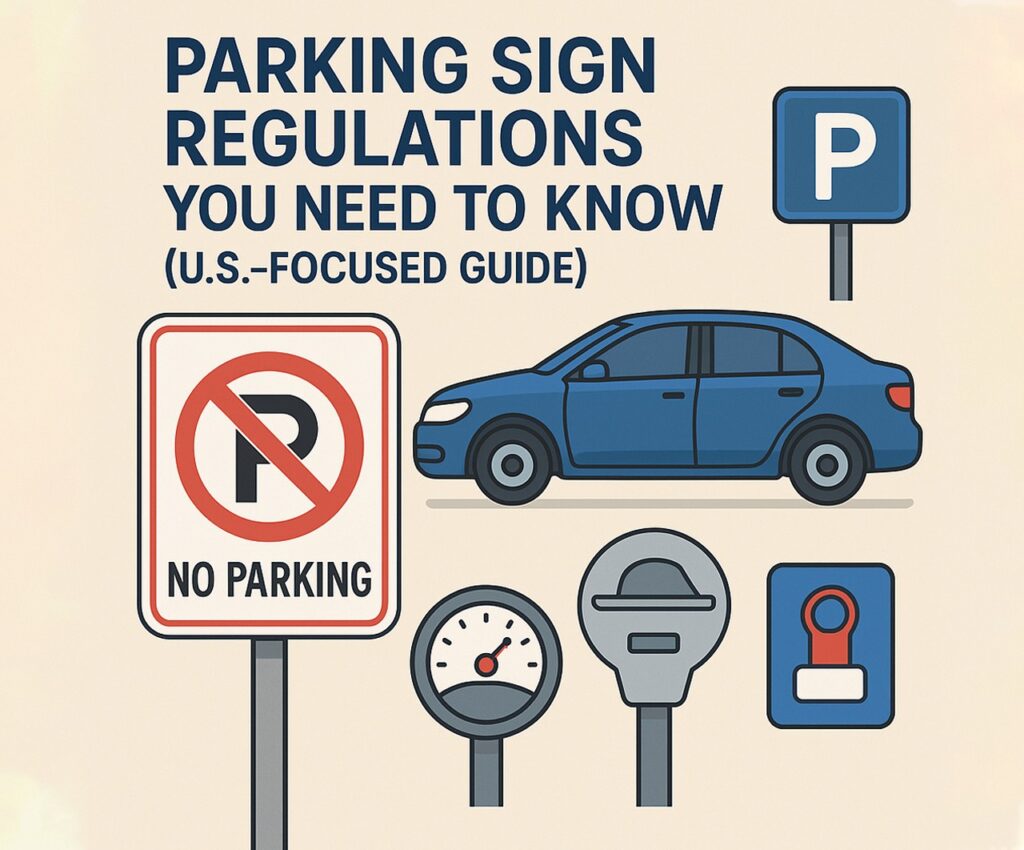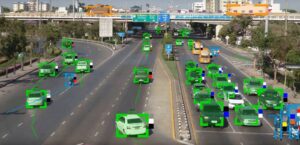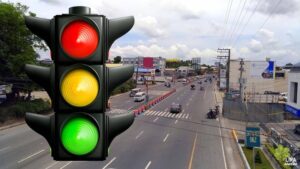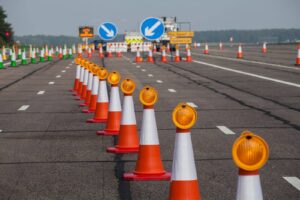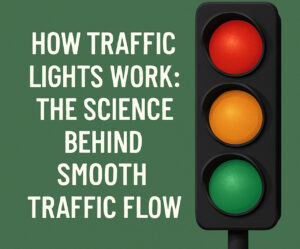If you’ve ever been ticketed in a spot you thought was legal, chances are a no parking road sign, no traffic parking sign, or one of those tricky no parking on street signs was nearby. Across the U.S., parking regulations are more than just rules—they’re essential tools to maintain traffic flow, pedestrian safety, and urban order. Whether you’re a driver, city planner, or property owner, knowing what these signs mean and how they function can save you time, money, and a lot of hassle.
This guide breaks down the key regulations surrounding no parking road sign, no parking traffic sign, and no parking on street signs in the U.S., helping you stay compliant and avoid fines. Know more..
Why Parking Signs Matter
Cities grow, streets get busier, and without clearly posted regulations, chaos follows. That’s where no parking road sign and no parking traffic sign rules come into play.
These signs are designed to:
- Prevent accidents in high-risk zones (like near intersections or fire hydrants)
- Ensure emergency vehicle access
- Promote fairness by preventing long-term or unauthorized parking
- Keep traffic flowing smoothly in congested areas
Knowing how to interpret no parking on street signs can make the difference between a free day and a pricey parking citation.
Federal and Local Jurisdiction
While the MUTCD (Manual on Uniform Traffic Control Devices) provides baseline standards for signage design and visibility, enforcement and placement of no parking road sign policies vary widely from city to city.
For instance:
- New York City may have no parking on street signs with alternate side regulations.
- Los Angeles might use a no parking traffic sign to restrict parking during street sweeping hours.
- Chicago could have no parking road sign postings during snow emergencies.
Always check local municipal codes alongside federal standards.
Understanding Common Parking Sign Language
- No Parking You can stop briefly to load/unload or drop off passengers, but you can’t leave your vehicle unattended.
- No Standing You may stop to load/unload passengers only—no waiting.
- No Stopping You may not stop at all, unless directed by law enforcement or to avoid a collision.
- Tow-Away Zones Violating these no parking on street signs could lead to an immediate tow.
Placement and Visibility Regulations
To be enforceable, a no parking traffic sign must meet the following:
- Height: Typically installed 5 to 7 feet above ground.
- Distance from curb: Usually within 6 to 12 inches of the edge of the roadway.
- Reflectivity: Signs must be visible both day and night.
- Clear zone marking: Areas governed by the sign must be clearly marked, either by paint or curb signs.
If a no parking road sign is obstructed or damaged, a citation may be contestable.
Time-Based Restrictions
Many no parking on street signs come with time limits:
- Rush-hour restrictions
- School hours
- Event-related bans
- Street cleaning windows
These regulations are posted directly on the no parking traffic sign, often with additional information like:
- Time frames (e.g., “No Parking 7AM–9AM Mon–Fri”)
- Exceptions (e.g., “Except Sundays or Holidays”)
Color Codes and Shapes
While most no parking road sign types use red letters on a white background, color coding can vary by locality:
- Red = No Parking
- Blue = Handicapped
- Green = Time-limited parking
- Yellow/Black = Loading zones
Always follow the most restrictive no parking traffic sign if multiple are present.
Residential vs. Commercial Zones
Parking rules differ dramatically depending on the zone type:
Residential:
- Permit-based no parking road sign usage is common.
- Visitor restrictions may apply during certain hours.
Commercial:
- Loading zones dominate.
- No parking traffic sign limitations may change based on business hours.
Mixed-Use Areas:
- Look for dual-use signage (e.g., loading zone by day, residential by night).
Understanding these nuances ensures you’re reading no parking on street signs with the correct interpretation.
Special Cases
- Temporary Signs Used for construction, parades, or emergencies. A temporary no parking traffic sign has the same authority as a permanent one.
- Snow Emergencies In cities like Minneapolis or Boston, no parking road sign postings go up during storms to allow plowing.
- School Zones Many no parking on street signs apply only during pickup/drop-off hours.
Penalties for Violations
Penalties vary by city and offense severity:
- Fines: Typically $25 to $200
- Towing and storage fees
- Points on license (in some jurisdictions)
- Repeat violations may lead to booting
Unpaid fines can even block vehicle registration renewal.
How to Avoid Getting Ticketed
- Always read the full sign. Context matters—don’t assume.
- Use parking apps that show restrictions.
- Look for curb paint as a backup indicator.
- Avoid assumptions based on nearby cars. Others might be breaking the rules.
Don’t let a no parking traffic sign ruin your day. Stay vigilant.
Property Owner Responsibilities
If you manage private lots or residential complexes, your no parking road sign setup must:
- Conform to MUTCD standards
- Be visible and weatherproof
- Indicate enforcement method (e.g., towing)
- Include contact information for violations
Improper or confusing no parking on street signs could expose you to legal liability.
Sign Maintenance & Replacement
Damaged, vandalized, or faded no parking traffic sign units must be replaced immediately. Cities maintain logs of installations, including:
- Location
- Date installed
- Inspection history
You can often report issues through municipal 311 systems.
Final Thoughts
Navigating no parking road sign, no parking traffic sign, and no parking on street signs isn’t just about avoiding tickets—it’s about respecting the system that keeps cities moving.
Next time you park, take an extra second to check the signage. That red-and-white rectangle might be the only thing standing between you and a $150 fine—or worse, a towed car.
Whether you’re installing signs, interpreting them, or just trying to avoid your third ticket this year, knowing the ins and outs of parking sign regulations is always worth your time.
Drive smart. Park smarter.

